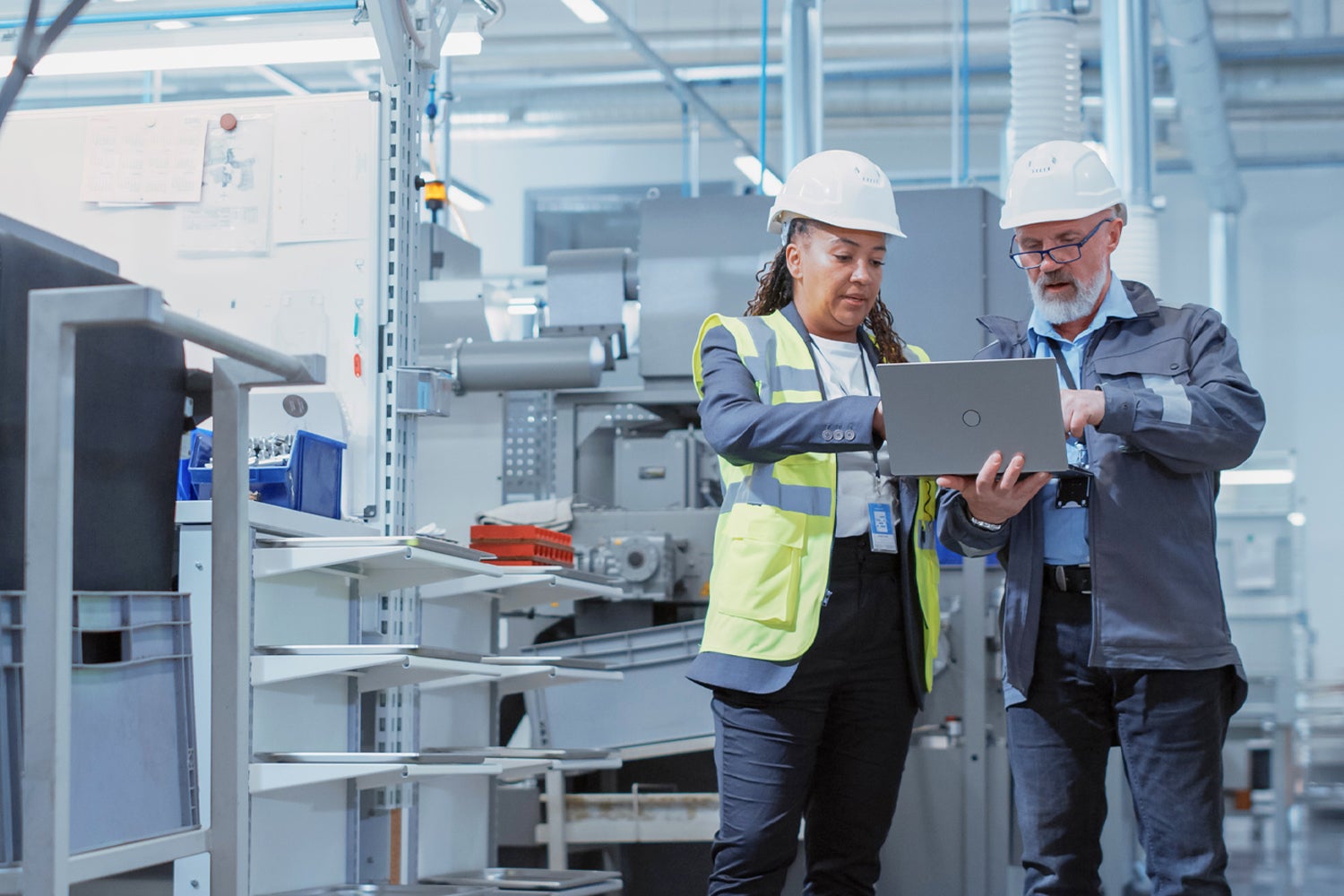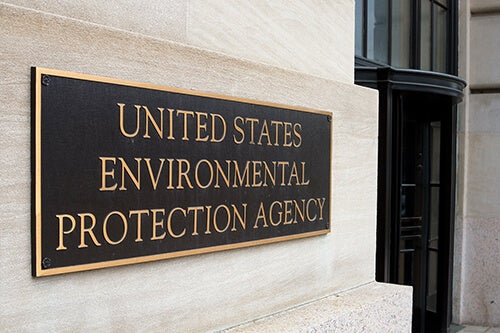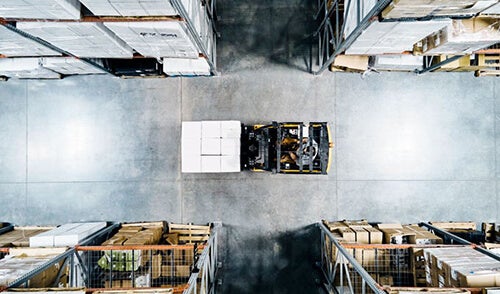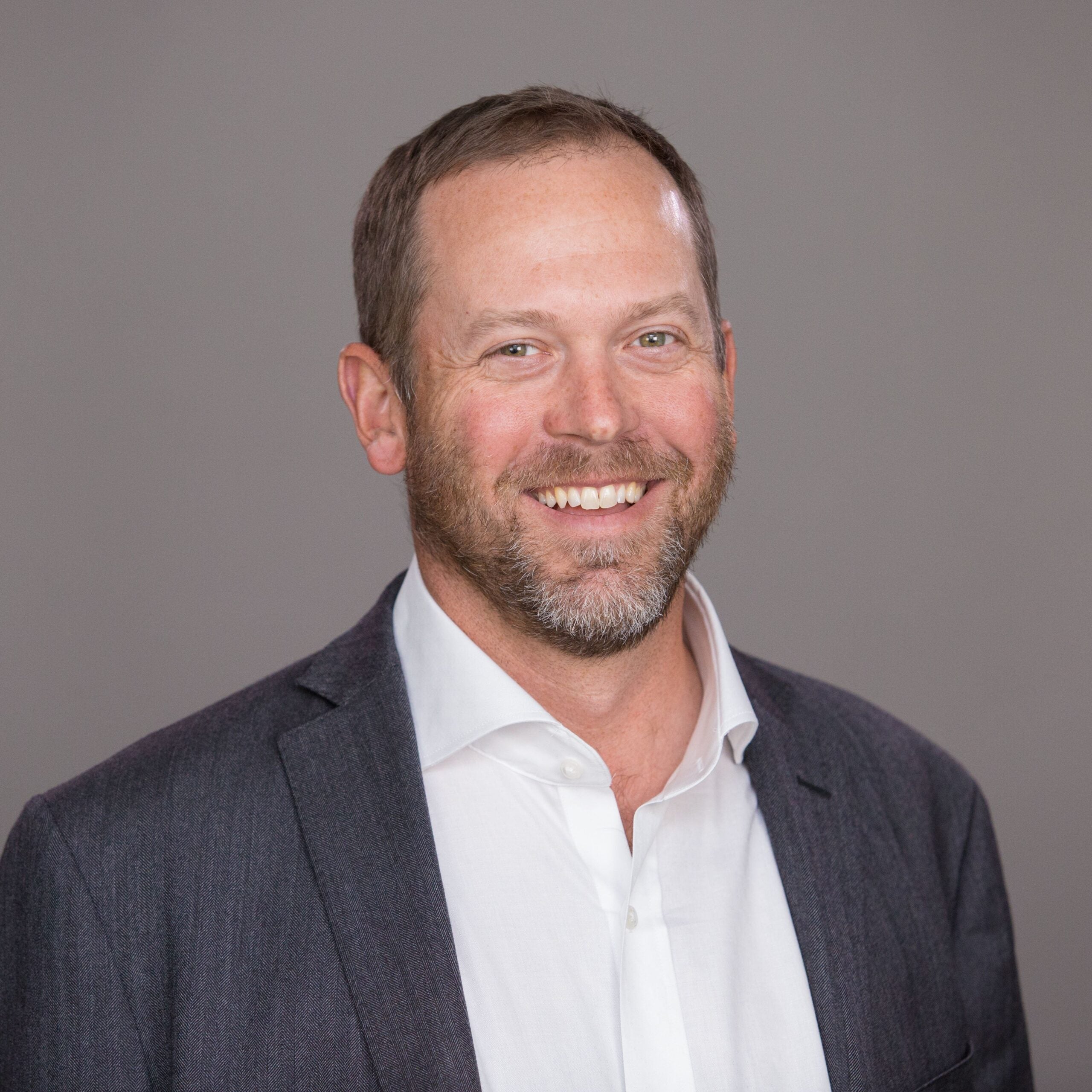As I stood in the upstairs office of a tin refinery, I could see the mine just up the mountainside, a steady stream of donkeys pulling carts full of tin concentrate down the hill. I had been in the country for two days, looking at boxes of incoming transaction receipts for foreign-sourced concentrates. The refinery needed help laying out their documentation to verify the sources of origin for the materials and to validate the chain of custody to support their conflict minerals audit.
I ended up spending another day and a half neck-deep in transaction receipts, but in the end, I simply couldn’t put the case together to help them pass the audit. The reason, in the end, were those donkey carts; I could see it all happening right there in front of me, through that window, perfectly legit local sourcing, thousands of miles from the mine sources U.S. law deemed as potentially problematic. But there were zero purchase receipts and no mine source data.
It took me another eight months to help this tin refinery get their documentation in order to show accurate balances.
Meanwhile, I continued my global journey looking at, and validating, material sources for tin, tantalum, and gold smelters all over the map. And a common theme emerged: artisanal and small-scale mining (ASM) sources are hard to validate.
While this was happening, downstream companies were collectively questioning the use of ASM materials in their supply chain, and the associated risks. But, just as these companies were united in their examinations, smelters remained united, too — ASM-sourced materials were important for the livelihoods of both themselves and the artisanal scale miners. The smelters needed the materials to produce the necessary capacity, and the miners needed the smelters’ purchases to afford to live.
I came to realize the need for greater awareness of upstream practices and processes for downstream companies. Without extensive knowledge of the extractives industry, it’s extremely difficult to understand the process, risks, or sourcing practices of the average smelter.
Understanding Is the First Step in Improvement
The industry is usually complex, shifting, and made increasingly complicated by its global nature. Downstream reporting companies do not need to become extractives experts, but it’s important to know enough to understand due diligence expectations. In order to do this, these companies must learn and understand:
- How upstream sources and chain of custody are validated.
- What data needs to be collected for material sources of origin (i.e. countries of origin, recycled and scrap sources, large scale mining vs. ASM sourcing percentages).
- Roadblocks to understanding these details about upstream sources.
Downstream reporting companies should seek to understand the impacts of program choices. The intention of the Dodd-Frank Wall Street Reform and Consumer Protection Act wasn’t to create bans, but to drive program transparency and ensure we had the ability to better understand sources.
In my example, it was connecting the dots between that stream of donkey carts, and upstream sources (by demonstrating the requirements as laid out by the fledgling audit protocol).
Your conundrum may not be validating documentation for the mine up the street from your offices. However, you may also need to focus on a change in process to ensure you can manage expectations between both your supply chain and your own program effectively.
However, your company’s efforts may need to also focus on a change in process to ensure you’re effectively managing both expectations with your supply chain and in your own program. Rome wasn’t built in a day; that’s why the Organisation for Economic Co-operation and Development (OECD) guidance for responsible sourcing focuses on year-over-year improvement. Take the time to understand your program’s impacts, and gain a better understanding of the source types and impacts of your supply chain asks. Understanding is the first step forward in progress.
Author Jared Connors spent a decade working on the ground conducting audits of various types around the globe in more than 20 countries. He is one of the regulatory experts that informs Assent’s solutions and advises Assent’s clients on building strong responsible sourcing programs. To learn more about Assent’s responsible sourcing solutions and regulatory expertise, contact us today.










